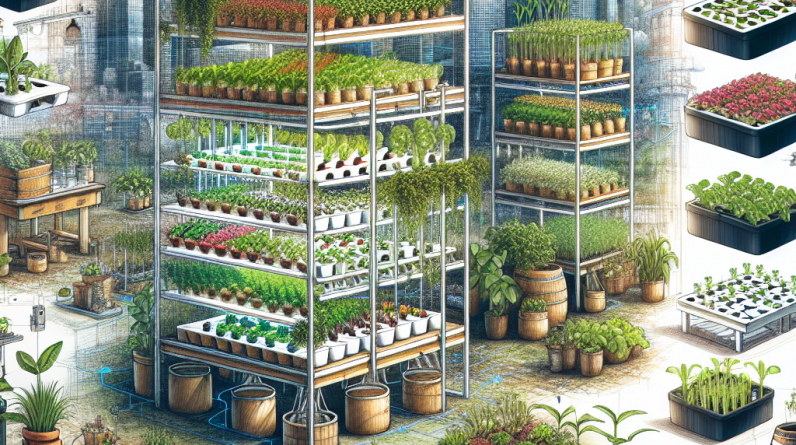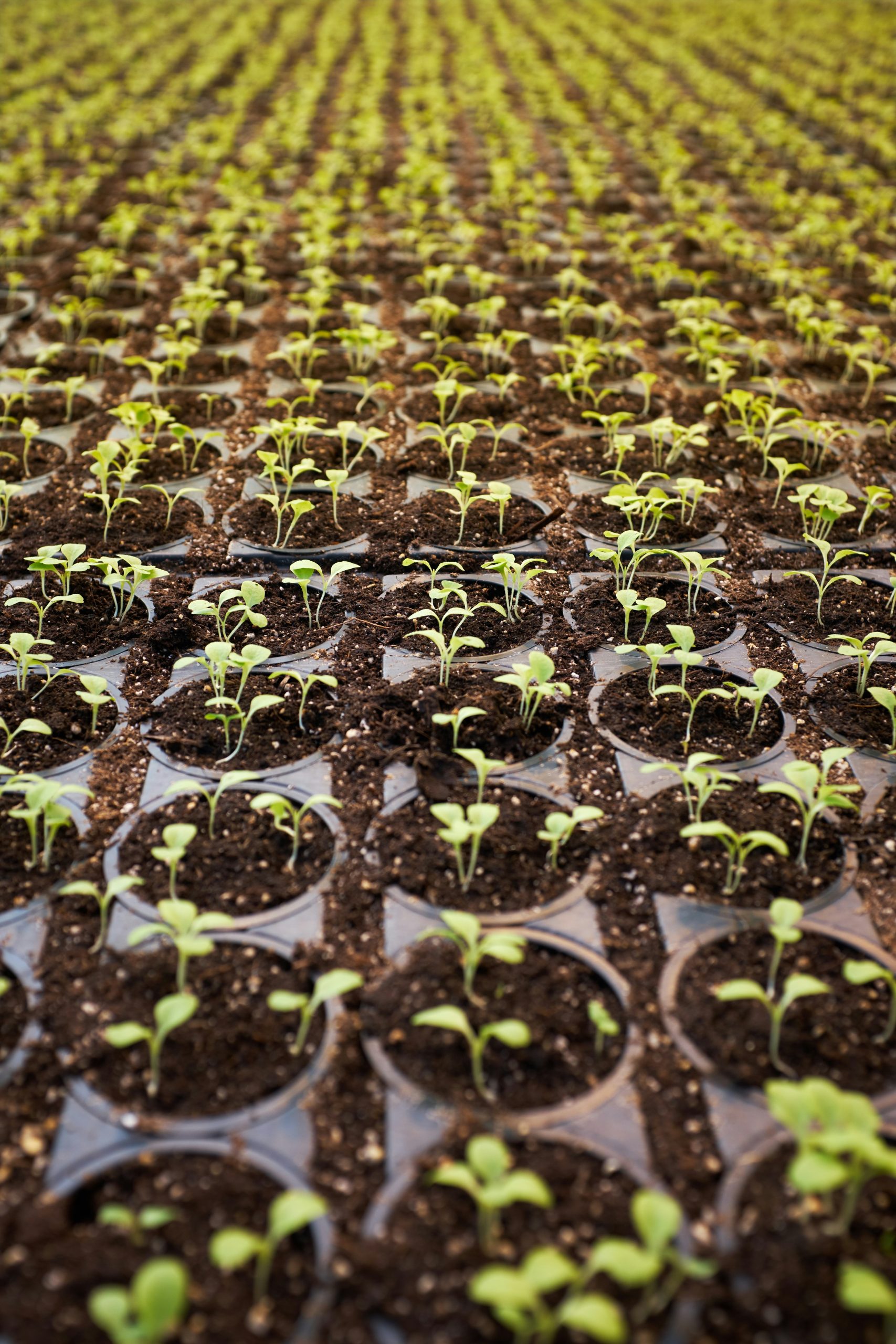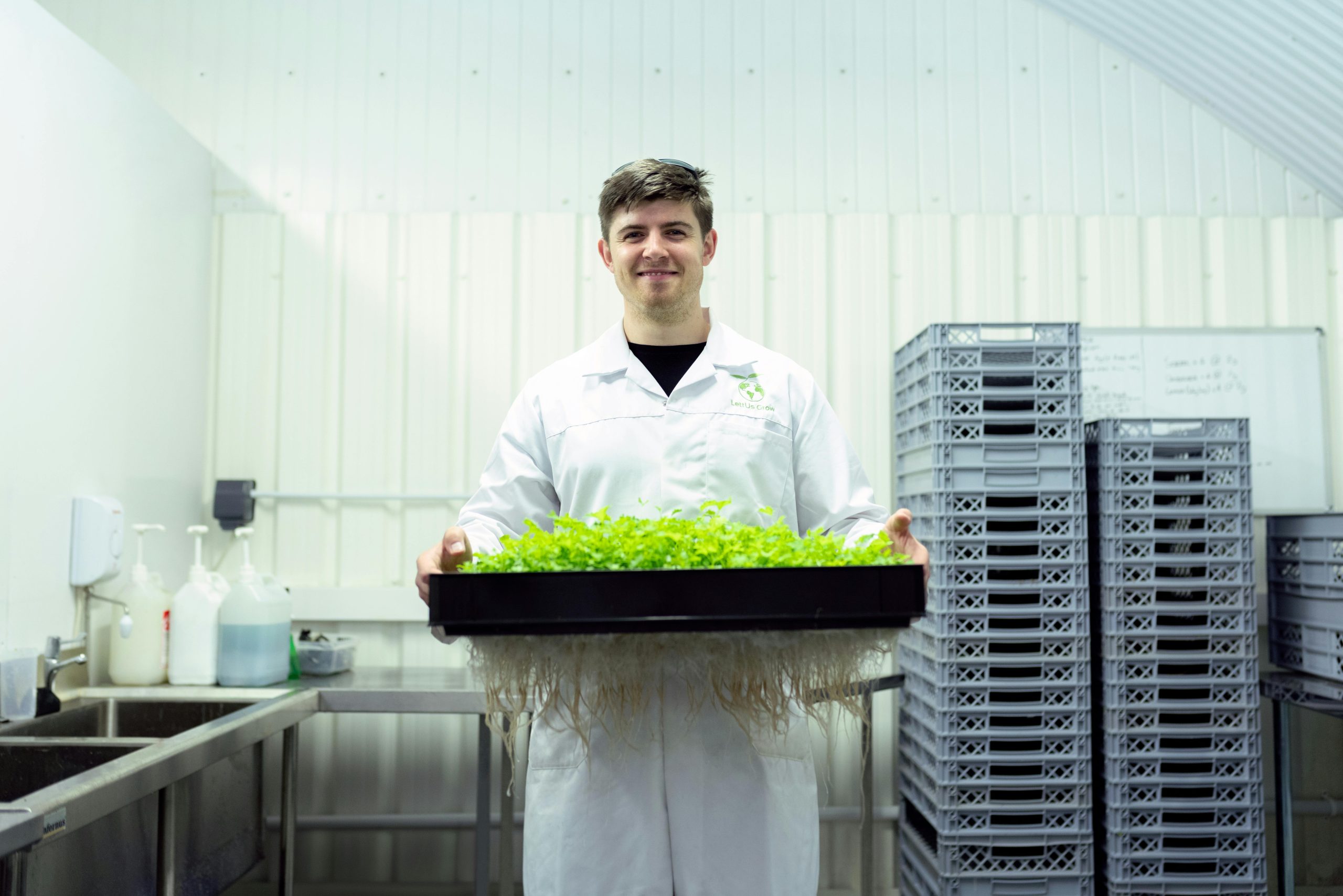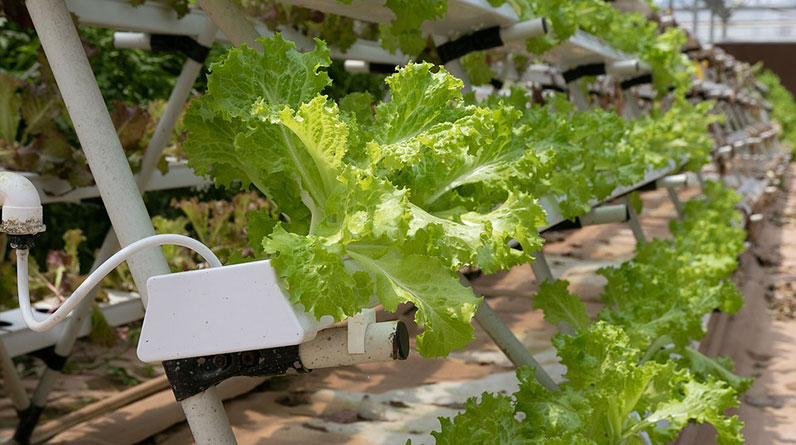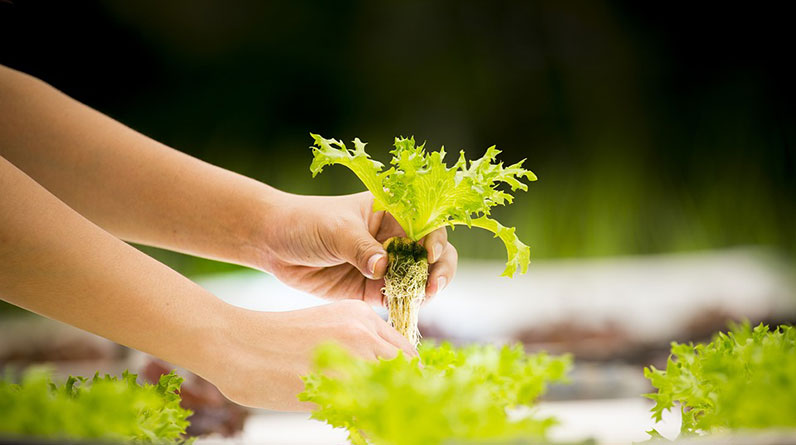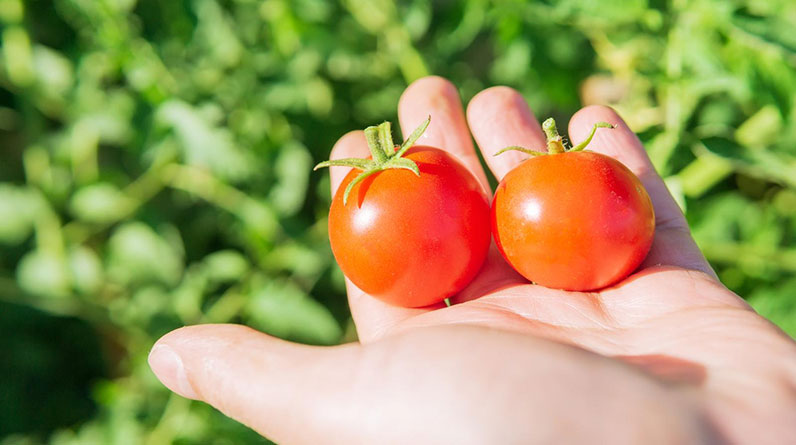
Choosing Your Hydroponic System
Understanding Hydroponic Methods
Okay folks, first things first. You’ve gotta know the different hydroponic systems before diving in. There are systems like Nutrient Film Technique (NFT), Deep Water Culture (DWC), and Wick systems. Each has its pros and cons, but all of ’em can be set up relatively cheaply if you know what you’re doing.
For my first setup, I gravitated towards the Wick system. It’s straightforward, requiring minimal materials, which made it perfect for my budget and beginner status. You’ll use a wick to draw nutrient solution from a reservoir to the plants. Super simple and a great way to get started!
Ultimately, the method you choose affects things like plant growth and maintenance level, so spend a bit of time researching what might work best for your space and budget.
Gathering Materials
Let’s talk about materials. You don’t need to break the bank here. Most hydroponic gardens can be fashioned from everyday items you probably have lying around. I used plastic containers, some old tubing, and a small water pump I snagged for cheap!
Another thing to consider is how many plants you want to grow. I started small with a couple of herbs and some leafy greens. This way, I wasn’t overwhelmed and could ensure I had enough room for each plant to thrive.
Don’t forget about the grow lights! You can find budget options online or even old lamps you can modify. Make sure whatever you get can accommodate the type of plants you want to grow; light is crucial for a successful garden.
Setting Up Your System
Now that you have your materials, it’s time to set everything up. Most hydroponic systems can come together in just a few hours. I recall my first time—the thrill of putting everything together and the learning curve that came with it. It felt like a mini science project!
Ensure you follow the guidelines specific to the system you’ve chosen. If you’re going the Wick route, make sure your wick is long enough to reach the nutrient solution. I had a little trouble, but in the end, persistence paid off.
Once your system is assembled, fill it with water and nutrients according to the instructions. Don’t rush this step—having a solid setup is the foundation of your entire garden!
Planting Your Seeds
Choosing the Right Seeds
Next up is seed selection! I remember feeling overwhelmed by all the options. I eventually settled on herbs like basil and cilantro, along with some lettuce. Not only are they easy to grow, but they also provided instant gratification in my kitchen.
When selecting seeds, it’s important to consider what you like to eat and what’s best suited for hydroponics. Look for fast-growing varieties, which will help you see results quicker. Trust me; it feels like magic to watch them sprout!
Also, shop smart! You can find affordable seeds at local gardening stores or online. Some websites even offer starter packs specifically for hydroponics, which is super helpful for beginners.
Starting Your Seeds
Once you’ve got your seeds, it’s planting time! I highly recommend starting them in rock wool cubes or peat pellets. They provide a great medium for roots to grow while keeping costs low.
Poke a small hole in your medium and place one or two seeds in there. Don’t crowd your plants! Trust me; I learned that the hard way. You’ll be amazed how quickly they grow if they’re given some space.
After planting, keep moisture consistent, but don’t drown them. Mist them lightly or use a gentle watering technique until they sprout. Watching those first little green shoots is exhilarating!
Transplanting Your Seedlings
As your seedlings grow, they’ll eventually need to be transplanted into your main hydroponic system. I remember how exciting it was to see my little babies needing a bigger home! Wait until they have a few sets of leaves and are sturdy enough to handle the transition.
When you’re ready, gently remove them from their initial medium and place them into your system. Ensure they’re well-supported—this is crucial for their growth. It’s the little things that matter most!
Continue monitoring their growth and tweak the nutrient solution as needed. It’s like being a plant parent; you want to give them the best! With time, you’ll start to see a beautiful little indoor garden flourishing.
Maintaining Your Hydroponic Garden
Monitoring Nutrient Levels
Now that you’ve planted your seedlings, keeping an eye on those nutrient levels is crucial. Over time, I realized how important it was to test the pH and nutrient concentration regularly. This helps ensure that my plants were getting exactly what they needed to flourish.
Investing in an inexpensive pH meter was a game changer for me. It’s straightforward to use and really gives you peace of mind knowing your plant babies are happy and healthy. Aim for between 5.5 and 6.5 on the pH scale for optimal growth.
If you notice yellowing leaves or stunted growth, it might signal a nutrient deficiency. Stay ahead of the game by regularly checking and adjusting, just like a responsible plant parent should!
Managing Light and Temperature
Light and temperature are core components of your hydroponic garden’s success. I learned quickly that placing my plants in a spot with good indirect sunlight made a world of difference. If you can’t rely on natural light, don’t hesitate to switch to grow lights.
Just be mindful of how long your plants are exposed to light. I found that 12 to 16 hours of light works wonders. It keeps them happy and thriving. And being too close to lights can scorch them, so it’s a bit of a balancing act!
Temperature is also vital. Hydroponic gardens generally do well in temperatures between 65°F and 75°F. Keeping a thermometer nearby allowed me to notice sudden changes in my growing environment, so I could react quickly. Small adjustments can yield fantastic results!
Pest and Disease Control
As your plants thrive, you might run into a few pests or diseases—don’t let it stress you out! I’ve been there, and it’s part of the gardening journey. Regularly inspect your plants for signs of trouble. I found that vigilance is key, and catching issues early makes a world of difference.
Using natural pest control methods worked wonders for me. Things like neem oil or insecticidal soap can keep pests at bay without harming the plants or the environment. Honestly, it’s just a matter of being proactive.
And if you do notice something funky going on, don’t hesitate to do a little research! The online gardening community is fab for advice. Your local gardening store can also be a goldmine of helpful tips and products to troubleshoot problems.
Harvesting Your Crops
Knowing When to Harvest
Finally, the moment we’ve all been waiting for: harvest time! Knowing when to pick your crops can be tricky at first, but it becomes intuitive with a little experience. For herbs, I’d usually snip leaves when they’re big enough to use but before they flower. For leafy greens, I wait until they’re mature and ‘lifting’ off the container.
The beauty of hydroponics is that you can often harvest continuously. After cutting, many herbs will regrow in a few weeks, giving you a constant supply. There’s something so satisfying about stepping into your kitchen and using fresh herbs from your own garden!
Pay attention to the texture and color. Plants that are vibrant and lush usually indicate they’re ready for a good ole harvest. Just like the care that went into growing them, the harvest should feel rewarding too!
Storing Your Harvest
After all that hard work, it’s time to enjoy your bounty! Make sure to wash your harvested leaves and herbs carefully before storage. I’ve learned to gently rinse mine to preserve that fresh taste, and then I pat them dry with a towel.
For fresh herbs, I recommend keeping them in the fridge in a glass of water, just like flowers. This keeps them fresher longer. Leafy greens should ideally be stored in a breathable bag or container in the fridge, where they can last for a week or even longer.
Getting creative and exploring new recipes with your fresh produce is half the fun! You’re bound to feel pride as you share meals made from your very own garden. Sustainable living, here we come!
Preparing for Future Planting
Even after a successful harvest, your work doesn’t end. It’s essential to clean your system thoroughly before starting anew. I rinse my containers and check my equipment to ensure everything is functioning well for the next set of crops.
Consider changing up your plant varieties, too. This keeps things fresh and exciting! I plan my next crop according to what I enjoyed most in my previous rounds – that makes the gardening journey so much more rewarding.
Getting into this hydroponic groove is a marathon, not a sprint. Each phase gives you valuable lessons, and the excitement of growing and harvesting never really fades.
FAQs
1. What is the cheapest hydroponic system to start with?
The Wick system is often regarded as the most budget-friendly choice. It requires minimal materials and provides a great way to get started without a hefty investment.
2. Can I really set up a hydroponic garden for under $100?
Absolutely! With some creativity and resourcefulness, you can gather materials at low costs and still create a thriving hydroponic garden. You might be surprised at what you can repurpose!
3. How often should I change the nutrient solution?
Generally, it’s good to change the nutrient solution every two weeks, but keeping an eye on the plants will help guide your timing. If you notice any signs of imbalance, it could be time for a change sooner.
4. Do I need grow lights, or can I rely on natural sunlight?
If you have a southeast-facing window with plenty of light, natural sunlight can work well. However, since I often lacked consistent lighting, grow lights have been a lifesaver, ensuring my plants had what they needed to thrive.
5. How do I combat pests in my hydroponic garden?
Regularly inspecting plants, using natural pest controls like neem oil, and maintaining a clean environment are key strategies! Catching issues early can prevent bigger headaches down the line.


